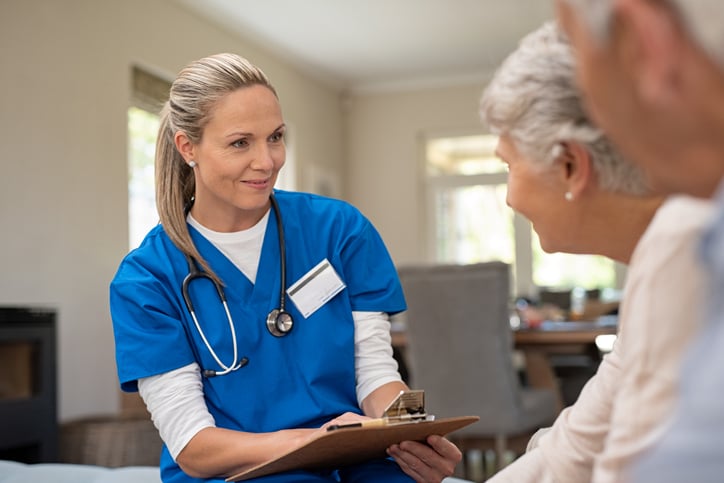
Massive health disasters are increasingly common. As climate change accelerates, so too will the rate at which people die or are injured because of climate-related natural disasters. In 2020, natural disasters claimed more than 8,000 lives worldwide. Infections and contagious diseases, food and waterborne illnesses, global pandemics, and even the flu can trigger widespread public health catastrophes.
In addition, illnesses are increasingly intersecting with natural disasters to produce serious emergencies. Natural disasters displace people, cause crowded conditions, and increase the risk of poor sanitation, allowing disease to more rapidly spread. Public health nurses play a critical role in educating the public and providing support to those recovering from various disaster scenarios.
Disaster Nursing and Emergency Preparedness: The Threats Your Community Faces
Public health nurses are highly involved in emergency preparedness and recovery. There are myriad tasks you can take on, so consider assessing your own skill set, evaluating the threats most likely to affect your community, and then adopting strategies to prepare for the worst. 
Some contributions to consider include:
- Researching local threats and strategies for preventing them.
- Educating public officials about public health threats and lobbying for relevant legislative change. For instance, you might lobby for free flu shots or the appointment of a local disaster management planner.
- Brushing up on your own disaster management and preparedness training. Consider continuing education courses, seminars, and drills to ensure you’re ready.
Educating the Public
Every region faces a unique mix of risks that often intersect. Large cities on fault lines must prepare for earthquakes, and all populous areas must be prepared to manage everything from rapidly spreading diseases to terrorist attacks.
For example, much of California faces mounting wildfire risks, along with the ever-looming specter of earthquakes. When these disasters strike, crowded communities—especially impoverished ones—are more vulnerable to disease spread.
Public education is a core job for public health nurses.
Some contributions you can make include:
- Planning seminars on specific public health threats.
- Working with your community to implement a disaster plan that supports the most vulnerable community members. For example, you might establish warming or cooling centers to help people manage extreme temperatures.
- Discussing emergency planning with individual patients.
- Ensuring the agency or hospital you work for is prepared for common disasters.
- Coordinating with other agencies to create a workable interagency disaster preparedness plan.
- Developing a triage system for disasters, especially large-scale catastrophes that may stretch resources or undermine the standard of care.
Assemble a disaster management toolkit to ensure you can protect your family and effectively respond to patients in the event of an emergency. First responders should include key tools in their tactical trauma kit–you cannot effectively tend to others if you or your family suffers a serious injury, so ensure you have basic supplies—medications, food, and water—in your family emergency kit.
It’s also important to take care of yourself and emotionally prepare for the challenges of disaster management. Frequent drills, open discussions, and self-soothing strategies such as mindfulness and meditation are key here. Your mental health matters because your ability to stay calm is key to delivering effective care.
Preparing for the Worst
Sooner or later, a disaster will strike your area. Even small disasters can cripple resources due to an influx of sick and panicked patients on top of your usual patient load. The time to prepare is now. Public health nurses are a national resource and the first line of defense in the event of a major disaster.
Respiratory emergencies are among the most common emergencies faced by nurses, doctors, and first responders. The right equipment can save lives by giving healthcare professionals the power to promptly and effectively treat more people.
The proper portable suction machine delivers consistent suction, allowing you to clear the airways of emergency patients no matter where you encounter them. For help selecting the right device for your emergency kit, download our free guide, The Ultimate Guide to Purchasing a Portable Emergency Suction Device.
Editor's note: This blog was originally from October 2015. It has been re-published with additional up to date content.













